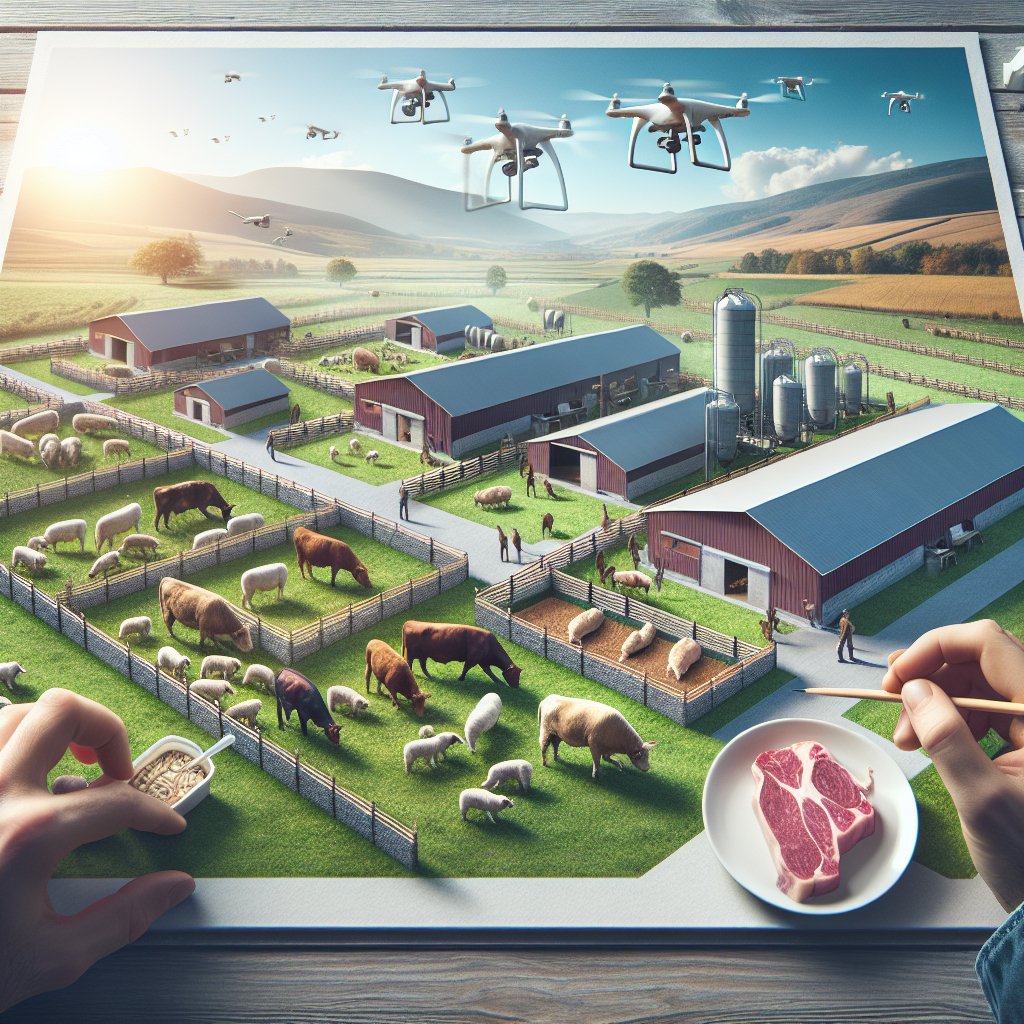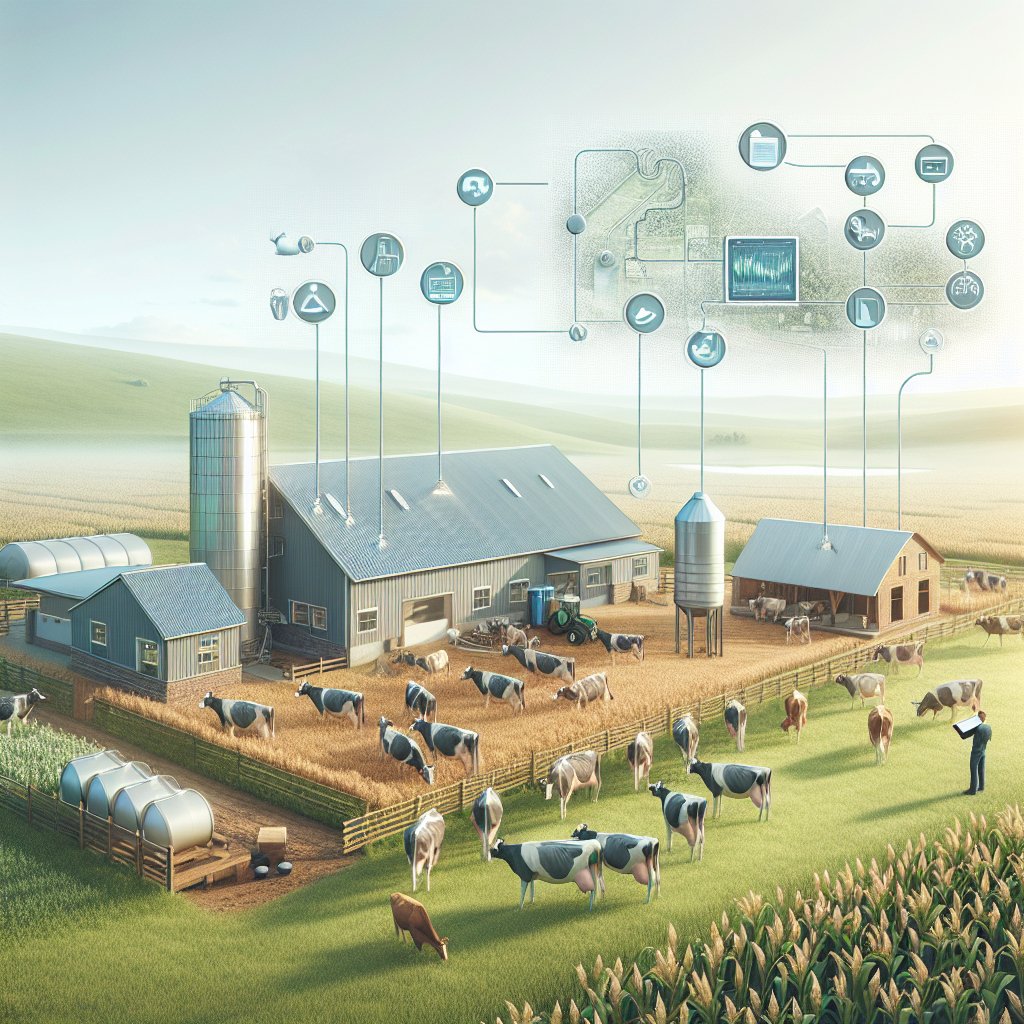The integration of advanced technologies into agriculture is revolutionizing the way farmers cultivate and harvest their crops. Among these innovations, **robotic harvesters** are at the forefront, transforming fruit picking from a labor-intensive task into a highly **efficient** process. This article explores how these machines operate, the technological breakthroughs at their core, the challenges they address, and the implications for the future of **sustainable** farming.
The Rise of Robotic Harvesters
Traditionally, fruit picking has relied heavily on seasonal migrant workers, creating vulnerabilities during harvest peaks. The introduction of automation in the field addresses critical concerns such as labor shortages and the unpredictability of workforce availability. Over the past decade, research institutions and agri-tech companies have collaborated to develop prototypes that can navigate orchards, identify ripe produce, and perform delicate picking tasks without damaging the fruit.
Key drivers behind this development include:
- The need to reduce operational costs
- Increasing pressure to deliver high-quality fruit
- Constraints on manual labor due to shifting demographics
- Advances in sensing and artificial intelligence
As a result, robotic harvesters are now transitioning from experimental models to commercial solutions, with several farms already reporting significant improvements in **yield** per acre and labor utilization.
Technological Innovations in Fruit Picking
Machine Vision and AI
At the heart of each harvester lies a sophisticated AI-powered vision system. These cameras and depth sensors scan trees in real-time, detecting color changes, size, and texture to determine ripeness. Using deep learning algorithms, robots can distinguish between fruits that are ready to pick and those that require more time on the branch. The continual improvement of these models ensures high **precision** in identifying even subtle variations in fruit maturity.
Robotic Arms and End-Effectors
The mechanical design of the picking arm is equally critical. Engineers have developed soft, flexible end-effectors that mimic human touch, allowing the robot to grasp fruit gently without bruising. Some systems employ vacuum-based grippers, while others use adjustable fingers that conform to different shapes. These innovations maximize throughput while safeguarding product quality.
Navigation and Mapping
To traverse complex orchard layouts, harvesters rely on GPS guidance, sensors, and simultaneous localization and mapping (SLAM). This combination enables the robots to move autonomously along rows, avoid obstacles like branches or stakes, and retrace their paths efficiently. Continuous route optimization algorithms minimize travel time, further boosting overall **efficiency**.
Addressing Challenges and Benefits
Adopting robotic harvesters brings both opportunities and hurdles for growers. Understanding these factors helps stakeholders plan successful implementations.
Opportunities:
- Consistent picking speed and accuracy, leading to uniform fruit quality
- Extended harvesting windows, as robots can operate day and night
- Data collection for better crop management and yield forecasting
- Lower dependency on seasonal labor, reducing human resource risks
Challenges:
- High initial investment and maintenance costs
- Integration with existing farm infrastructure
- Training technicians for troubleshooting and repairs
- Adapting to varying tree canopy architectures and irregular terrains
Despite these challenges, early adopters have noted a rapid return on investment, especially in regions where labor costs are high or workforce availability is limited. Governments and research bodies are also offering subsidies and grants to encourage the adoption of such sustainable solutions.
Case Studies: Real-World Deployments
Several pilot projects worldwide illustrate the transformative potential of robotic harvesters.
Apple Orchards in Washington State
An agri-tech firm deployed a fleet of autonomous pickers in a commercial apple orchard. Over a three-month season, the robots harvested approximately 50,000 pounds of fruit, matching the performance of manual crews while reducing labor costs by 30%. Growers also reported fewer bruised apples thanks to the gentle handling of robotic end-effectors.
Citrus Farms in Spain
In Valencia, a consortium tested citrus-picking robots equipped with advanced spectroscopic sensors. These devices evaluated internal fruit quality, detecting sugar content and acidity before harvesting. The project resulted in superior quality control and enabled the marketing of premium fruit varieties with higher profit margins.
Berry Fields in Australia
Strawberry and blueberry producers in Victoria have experimented with small, mobile robots that navigate between low-lying plants. These machines increased picking speed by 40% and reduced soil compaction compared to tractors. Furthermore, integrated moisture sensors allowed simultaneous irrigation monitoring, exemplifying the convergence of harvesting and precision agriculture.
Future Prospects and Innovation Pathways
Looking ahead, ongoing research is expanding the capabilities of robotic harvesters to handle a broader range of crops and complex tasks. Key areas of focus include:
- Multi-crop adaptability: Developing swappable end-effectors and adjustable picking algorithms
- Swarm robotics: Coordinating multiple smaller robots for parallel harvesting operations
- Energy efficiency: Integrating solar panels and regenerative braking to reduce carbon footprint
- Enhanced data analytics: Leveraging cloud computing and IoT for real-time decision support
Integration with other smart farm systems, such as autonomous tractors and drones, will create a holistic ecosystem in which each component shares data to optimize **sustainability** and productivity. As machine learning models become more sophisticated, robots will anticipate issues like pest infestations or nutrient deficiencies before they escalate, enabling preemptive interventions.
Conclusion
The emergence of robotic harvesters marks a paradigm shift in modern agriculture. By tackling persistent challenges like labor scarcity and variable fruit quality, these machines pave the way for a future where farms are more resilient, **efficient**, and environmentally responsible. As manufacturers refine technologies and costs decrease, the widespread adoption of robotic fruit pickers seems not only feasible but inevitable.



